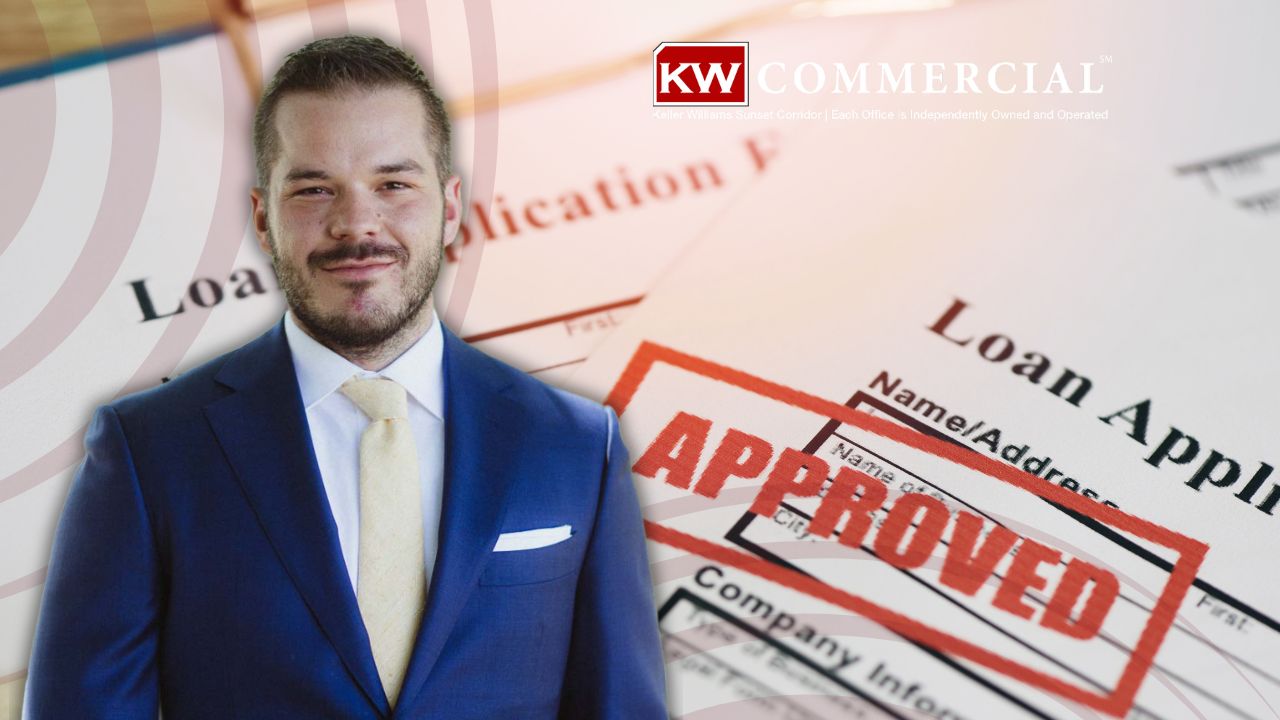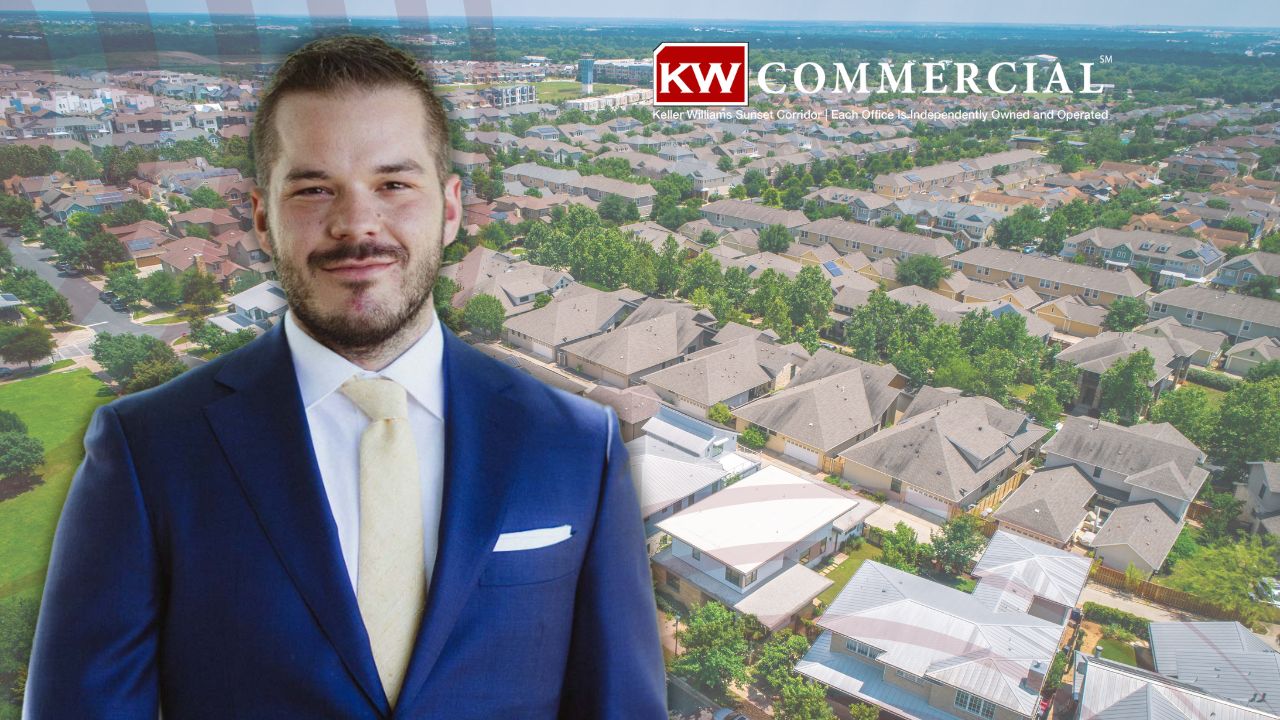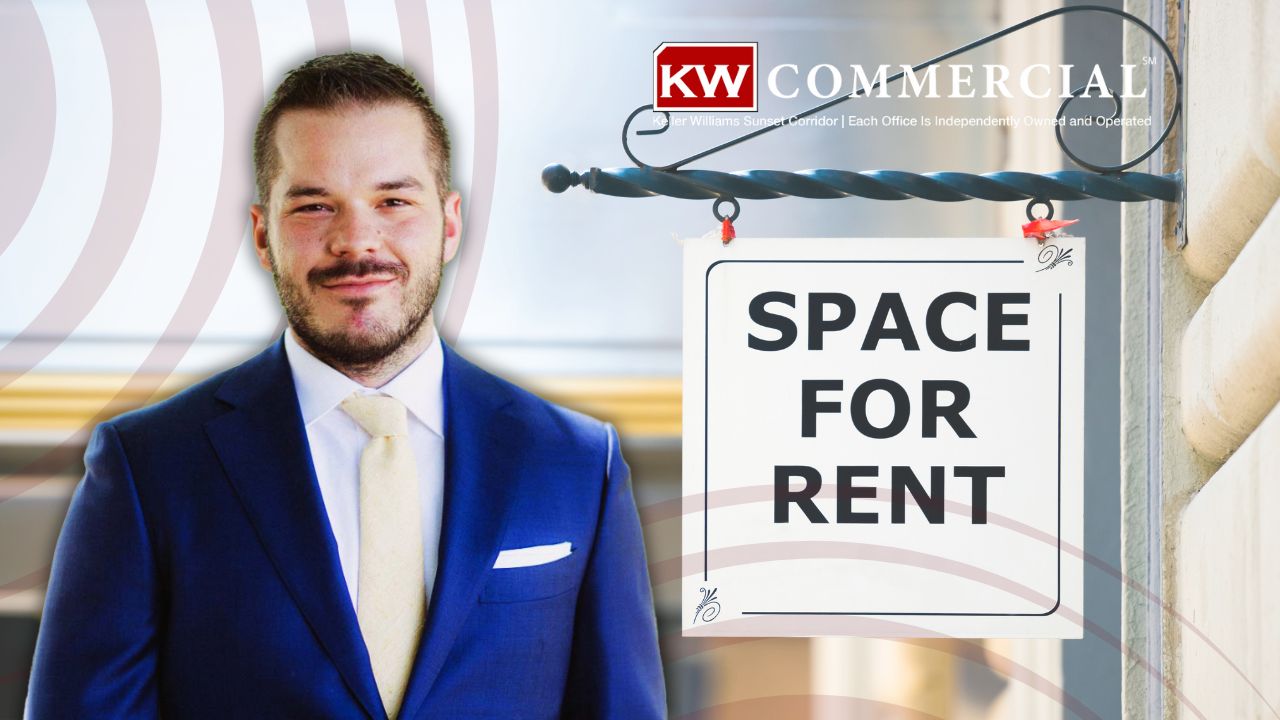Join My Exclusive Investor List. Get access to exclusive multifamily deals across the Portland Metro Area. Join My List
Let’s talk Cap Rates. When looking at commercial real estate, few metrics are as important for deciding whether to proceed with an investment. In today’s turbulent commercial market, paying particular attention to the Cap Rate is essential. With work-from-home trends on the rise and experts predicting significant growth across several sectors, this market offers a lot of opportunity and a lot of risk. In this fragmented environment, what is a good Cap Rate? Today, we’re delving into a foundational metric behind real estate investment. You’ll learn how to measure the Cap Rate, what makes a good Cap Rate, and what a good range is for the current market.
1. How to determine the cap rate. The market capitalization rate, or Cap Rate, is how we compare various investments across the real estate space. In order to calculate this metric, you first need to do your research on a potential opportunity and understand your net operating income, or NOI. This number is defined as the total income potential for a property, minus any expenses like vacancy, taxes, or maintenance. Once you have this number, you need to divide it by the purchase price of the likely property to get your Cap Rate.
2. What makes a good Cap Rate? The short answer is that it depends. What is your individual investment strategy? How aggressive are you and what is your risk tolerance? This is where it pays to work with a trusted commercial real estate agent and financial advisor to really narrow down your personal approach. In order to determine the exact Cap Rate that you want to target, you need to drill down on your financial situation and goals and make some firm decisions. The best way to understand Cap Rate is that the higher the number, the greater the reward… and the risk.
3. What is a good Cap Rate in this market? In general, a good Cap Rate is going to hover somewhere between 5% and 10%. The simple truth, however, is that the answer will largely depend on the sector you are investing in as well as your personal strategy. For example, a risk-averse investor may target a Cap Rate as low as 4%, while bigger, more aggressive, and more risk-tolerant investors might shoot for a higher Cap Rate in the range of 10% or even higher.
What all this boils down to is that, in order to find the Cap Rate that you should be targeting, you need to understand your strategy. Of course, you should always consult with your financial advisor about major investments, but you should also work with a trusted commercial real estate agent to help you get the most bang for your buck. That’s where we come in. If you are thinking about moving into the commercial investing world, or ready to get the ball rolling on your next major move, please reach out! Send us an email, text, or phone call, and we’ll be happy to help you every step of the way.





